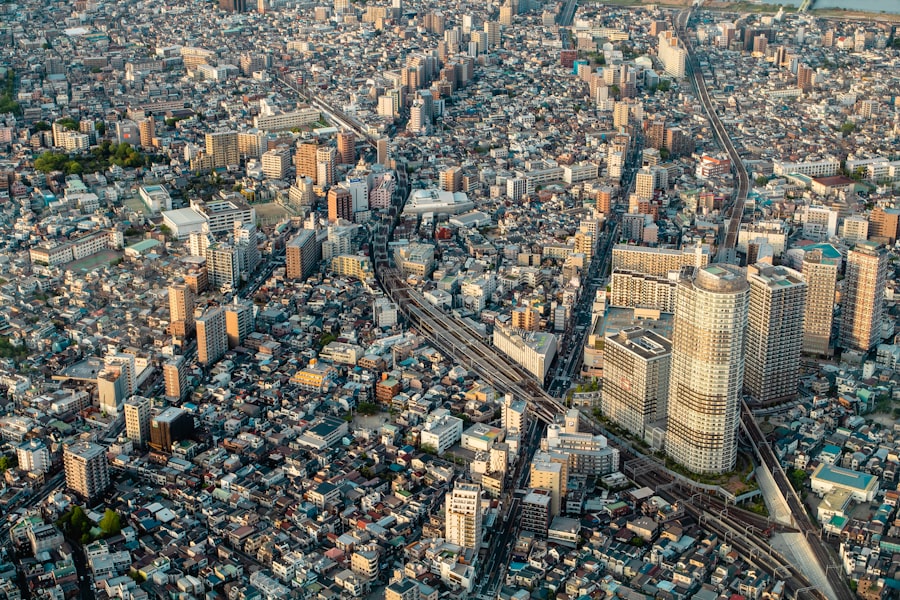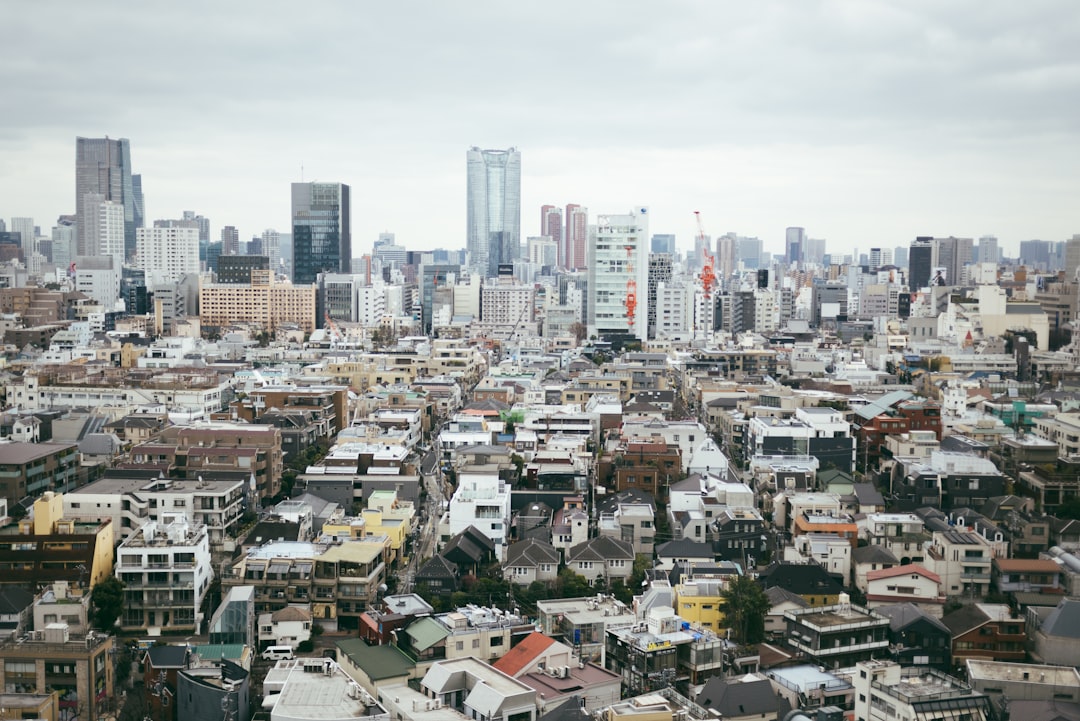As you step into the bustling heart of the city, the air is thick with anticipation. The unveiling of the Godzilla statue has become a highly anticipated event, drawing crowds from all corners. You can feel the excitement buzzing around you, as families, tourists, and locals gather to witness this monumental occasion.
When the curtain finally drops, revealing the colossal figure of Godzilla, a collective gasp escapes from the crowd. The statue stands tall and proud, a testament to both artistry and cultural significance.
The unveiling is not just a simple ceremony; it’s a celebration of creativity and community. You see people snapping photos, capturing memories that will last a lifetime. The statue, with its intricate details and imposing presence, becomes an instant focal point for conversations and social media posts alike.
The Godzilla statue is more than just a piece of art; it’s a symbol of unity in a world that often feels divided.
Key Takeaways
- The unveiling of the Godzilla statue in the city center was a spectacular event that drew in crowds and media attention.
- The design and construction of the massive Godzilla statue required careful planning and engineering to bring the iconic monster to life in the heart of the city.
- The Godzilla statue has had a significant impact on tourism and local businesses, drawing in fans and curious visitors from around the world.
- Godzilla holds cultural and historical significance, representing resilience and strength in the face of adversity.
- The Godzilla statue has become a symbol of resilience and strength in the city, serving as a reminder of overcoming challenges and standing tall in the face of adversity.
The Design and Construction of the Massive Godzilla Statue
Designing a Legendary Creature
The design process involved countless hours of sketching, modeling, and refining to create a statue that would resonate with audiences worldwide. The goal was not just to create a statue, but to encapsulate the fierce yet majestic nature of Godzilla, a character that has been beloved for decades.
Building a Monumental Figure
Construction of the statue began with a solid foundation, both literally and figuratively. A massive framework was erected to support the weight of the monumental figure, and skilled artisans worked tirelessly to sculpt each detail with precision. The choice of materials was crucial, as they needed to withstand the elements while maintaining the statue’s striking appearance.
A Masterpiece of Craftsmanship
Today, as you walk around the statue, you can appreciate the exceptional craftsmanship that went into its creation. From the fierce expression on Godzilla’s face to the dynamic pose that suggests movement, every aspect of the statue has been thoughtfully designed to evoke emotion and admiration.
The Impact of the Godzilla Statue on Tourism and Local Businesses

Since its unveiling, the Godzilla statue has become a magnet for tourists. You can see visitors flocking from near and far, eager to capture their own photos with this iconic figure. The influx of tourists has had a significant impact on local businesses, breathing new life into shops, restaurants, and hotels in the area.
As you stroll through the streets surrounding the statue, you notice an array of themed merchandise—T-shirts, figurines, and even snacks inspired by Godzilla. Local entrepreneurs have seized this opportunity to create unique offerings that cater to fans and curious visitors alike. The economic boost is palpable; restaurants report increased foot traffic as tourists stop for meals after visiting the statue.
You can hear the chatter of excited patrons discussing their experiences while enjoying local cuisine. Hotels nearby have also seen a rise in bookings, with many offering special packages that include guided tours of the statue and surrounding attractions. This surge in tourism not only benefits individual businesses but also contributes to the overall vitality of the city’s economy.
It’s a win-win situation that showcases how art and culture can drive growth and community engagement.
Godzilla’s Cultural and Historical Significance
| Aspect | Details |
|---|---|
| First Appearance | 1954 film “Godzilla” |
| Cultural Impact | Iconic symbol in Japanese pop culture |
| Historical Significance | Representation of nuclear fears and destruction after World War II |
| Global Recognition | Featured in numerous films, TV shows, and merchandise worldwide |
| Symbolism | Metaphor for the consequences of human arrogance and environmental destruction |
Godzilla is more than just a fictional monster; he represents a complex tapestry of cultural history and societal reflection. Originating in Japan in 1954, Godzilla was born out of post-war anxieties and fears surrounding nuclear power. As you delve into his story, you realize that he embodies both destruction and resilience—a duality that resonates deeply with audiences across generations.
The statue serves as a reminder of these themes, inviting you to reflect on how art can mirror societal issues. In many ways, Godzilla has become a cultural ambassador for Japan, transcending borders and influencing global cinema. You can see how his image has evolved over time—from a terrifying force of nature to a more nuanced character who often fights for good against other monstrous threats.
This evolution reflects changing societal values and concerns, making Godzilla a relevant figure in contemporary discussions about environmentalism and humanity’s relationship with technology. The statue stands as a tribute not only to this iconic character but also to the rich history that he represents.
Godzilla: A Symbol of Resilience and Strength in the City
In a world filled with challenges, Godzilla has emerged as a symbol of resilience and strength for many people. You can feel this sentiment echoed in conversations around the statue; it serves as an emblem of overcoming adversity. Just as Godzilla rises from the depths to confront threats, so too do communities rally together in times of crisis.
The statue stands tall as a reminder that strength can be found in unity and perseverance. As you observe people interacting with the statue—taking photos, sharing stories—you realize that it has become a source of inspiration for many. It encourages individuals to embrace their own inner strength and face challenges head-on.
In moments of uncertainty or struggle, looking up at Godzilla can evoke feelings of empowerment and determination. This connection between art and personal resilience is what makes the statue not just an attraction but a beacon of hope for those who visit.
Godzilla’s Influence on Popular Culture and Entertainment

Godzilla’s impact extends far beyond cinema; he has permeated various aspects of popular culture and entertainment. You can see his influence in video games, comic books, and even fashion trends. As you walk through stores or browse online platforms, you encounter an array of merchandise featuring Godzilla—from action figures to clothing lines inspired by his iconic look.
This widespread presence speaks to his enduring popularity and relevance in contemporary culture. Moreover, Godzilla has inspired countless filmmakers and creators around the world. You might find yourself drawn into discussions about how his legacy has shaped monster movies or influenced storytelling techniques in various genres.
The character’s ability to evolve while retaining core themes resonates with creators who seek to explore complex narratives within their own works. As you engage with fellow fans or enthusiasts, it becomes clear that Godzilla is not just a character; he is a cultural phenomenon that continues to inspire creativity across multiple platforms.
The Godzilla Statue as a Landmark and Meeting Point in the City Center
The Godzilla statue has quickly established itself as a landmark within the city center—a place where people gather not only to admire its grandeur but also to connect with one another. You can see groups of friends meeting up for outings or families taking photos against its backdrop. This sense of community is palpable; it transforms what could have been just another tourist attraction into a vibrant social hub.
As you navigate through the area, you notice how the statue serves as an unofficial meeting point for locals and visitors alike. It’s common to hear someone say, “Let’s meet by Godzilla!” This simple phrase encapsulates how deeply ingrained the statue has become in daily life. It fosters connections among strangers who share a common interest in this iconic figure—whether they are die-hard fans or casual observers drawn by curiosity.
In this way, the Godzilla statue transcends its physical form; it becomes a symbol of togetherness in an ever-evolving urban landscape.
The Future of the Godzilla Statue: Plans for Maintenance and Preservation
As with any significant piece of public art, maintaining and preserving the Godzilla statue is crucial for ensuring its longevity. You might wonder about the plans in place to protect this beloved landmark from weathering or wear over time. City officials have already begun discussions about regular maintenance schedules that will involve cleaning, inspections, and necessary repairs to keep the statue looking its best.
Moreover, there are plans for community involvement in preservation efforts—an initiative that invites locals to participate in caring for their city’s treasures. You can envision workshops or events where residents come together to learn about art conservation while fostering a sense of ownership over their cultural landmarks. This collaborative approach not only ensures that the Godzilla statue remains an enduring symbol for years to come but also strengthens community bonds as people unite around shared values of heritage and pride.
In conclusion, as you reflect on your experience with the Godzilla statue—from its unveiling to its impact on tourism and culture—you realize that it represents much more than just an artistic achievement. It embodies resilience, community spirit, and cultural significance that resonates deeply within society today. Whether you’re visiting for the first time or returning as a local resident, standing before this iconic figure offers an opportunity for connection—both with others and with the rich history it represents.
If you’re interested in learning more about Godzilla and his iconic battles, you should check out this article on Godzilla vs King Ghidorah: Who’s More Powerful?. This article provides an in-depth analysis of the two legendary kaiju and their strengths and weaknesses in battle. It’s a fascinating read for any fan of the Godzilla franchise.
FAQs
What is the Godzilla statue?
The Godzilla statue is a large-scale sculpture of the iconic Japanese movie monster, Godzilla. It is often erected in public spaces as a tribute to the character and the impact it has had on popular culture.
Where are Godzilla statues located?
Godzilla statues can be found in various locations around the world, including Japan, the United States, and other countries. Some notable locations for Godzilla statues include Tokyo, Japan and Hollywood, California.
How tall are Godzilla statues?
The height of Godzilla statues can vary, but they are typically large-scale sculptures that are several meters tall. The exact height of a Godzilla statue will depend on the specific design and location.
Why are Godzilla statues popular?
Godzilla statues are popular because they pay homage to a beloved and enduring pop culture icon. Godzilla has been a prominent figure in movies, television, and other media for decades, and the statues serve as a way to celebrate and honor the character’s legacy.
Who creates Godzilla statues?
Godzilla statues are typically created by artists and sculptors who specialize in creating large-scale sculptures. The design and construction of a Godzilla statue may be commissioned by a city, a film studio, or other organizations looking to commemorate the character.
